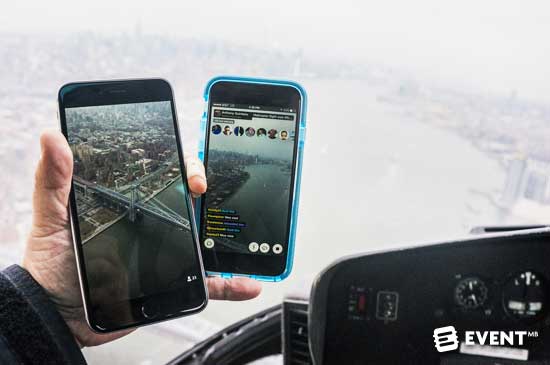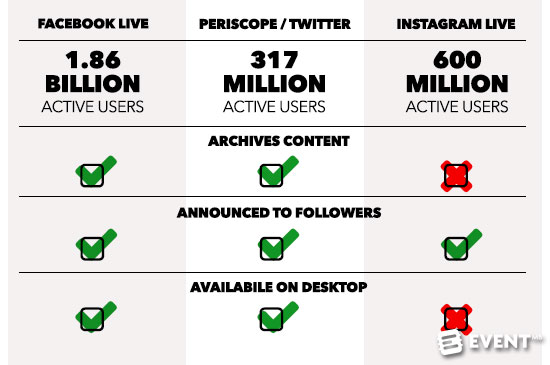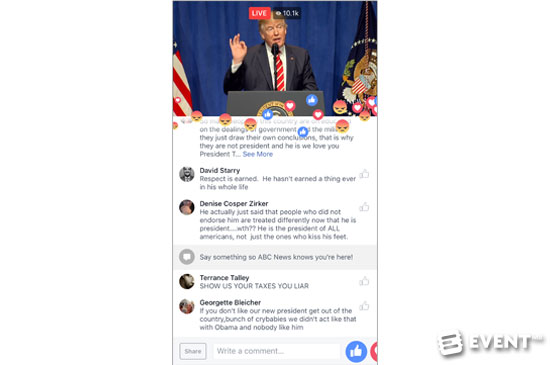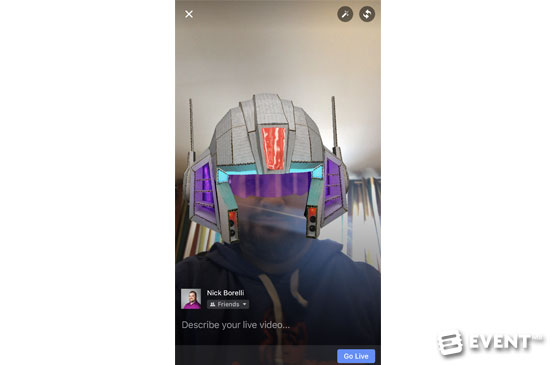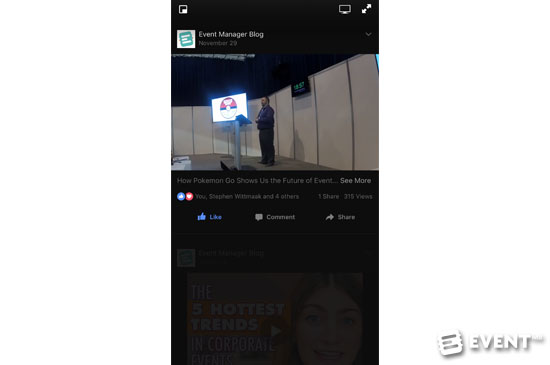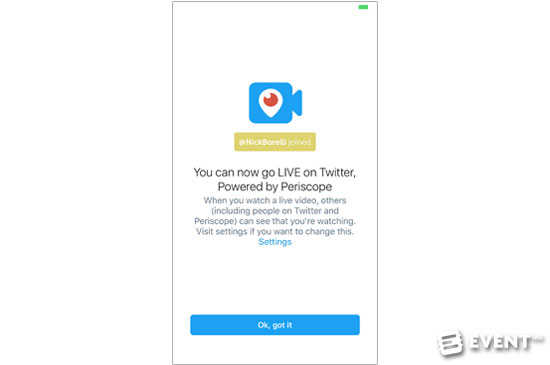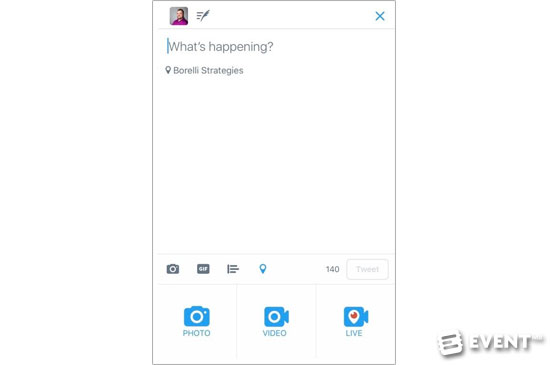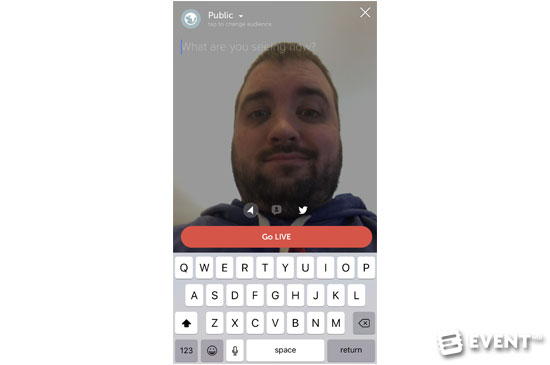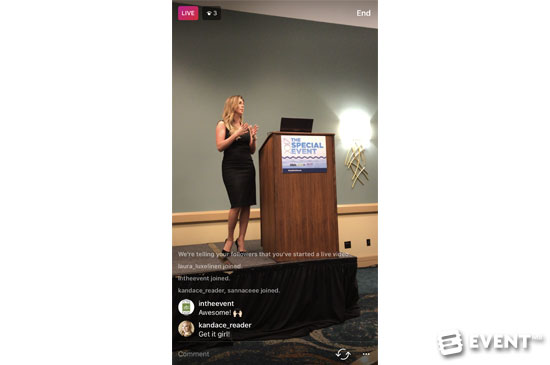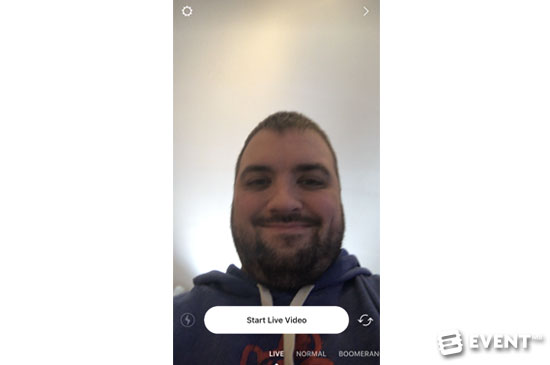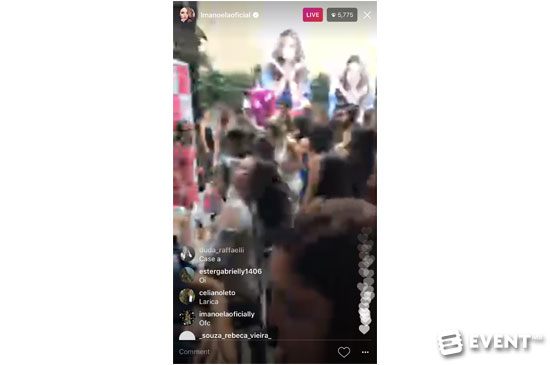In the past two years, social media has embraced live streaming as its future. Facebook’s Mark Zuckerberg has said that he is “obsessed” with live streaming and thinks that Facebook will be mostly videos in the next four years. Everyone is reacting to social media’s pivot to live streaming ever since the visionaries at Meerkat (now House Party) hit it big at the South by Southwest Festival in 2015. Since then, the online giants have all developed their own live streaming applications for mobile devices and continue to make this their priority.
Event Live Streaming – Threat or Asset?
Live streaming has been a hot button in the world of live event production for years prior to the technology now being something anyone can do with their phones. Many meeting and event planners fear live streaming because they believe it will negatively impact the attendance numbers for their engagements. Progressive events have all since got over that fear because for one thing, you can’t put the genie back in the bottle. More than that, large festivals, in particular, have seen unprecedented growth in attendance while simultaneously embracing live streaming in all its forms. Live streaming is not a threat to events, it’s an asset.
Streaming events can create a variety of benefits for event producers including additional revenue opportunities, increasing sponsor exposure, and boosting interest to drive attendance for the brand’s next event. While there are enterprise level solutions for live streaming that give events full control of the streaming experience including the look and available bandwidth, this post outlines the current popular social media live video options that are available through mobile devices and which is the right choice for your events. We evaluate Facebook Live, Instagram Live, and Periscope for Broadcasting Live Experiences.
Facebook Live
Facebook seems to winning every social media platform battle not by innovating but by integrating. Whatever has been battle-tested by competitors and is successful gets adopted into one of their platforms and benefits from the one thing no one can touch: their user base. Facebook is the leader in mobile live streaming currently because they have 1.86 billion active users (meaning they logged in at least once a month). In comparison, Twitter had 317 million active users which is the backbone of its Periscope audience discoverability. Instagram (owned by Facebook) touts 600 million active users after doubling over the past two years. When it comes to available platform impressions, Facebook has both the gold and silver medal with the parent app and Instagram which is further boosted by ad buying for brands that tie both together. So if you are looking for the largest audience possible, Facebook Live is the answer.
Facebook believes live streaming is the future of social media and they have given it disproportionate awareness through an extensive ad campaign in all mediums and, more importantly, are giving live videos the most recognition inside their own platform. Since Facebook’s feed is governed by an algorithm and not chronology, you see what they think you want to see first and they think you want to see live videos from those you like the most. This is extremely good news for brands on Facebook because it’s been nearly impossible to get organic traffic of any substance on Facebook for brands as the algorithm has choked back brand page views to a few percentage points of the overall number of page likes. Broadcasting on Facebook Live means all those who used to see your posts are much more likely to once again. Looking for a great way to bring back and revitalize your Facebook page? Facebook Live is currently your best option.
One of the other great functions of Facebook Live are that they archive to your page automatically. When Event Manager Blog used Facebook live while in Barcelona for ibtm world, the 6 to 9 hour difference for much of its Facebook followers made a significant impact on just how many people saw them live. Over time, however, videos have a chance to be seen by others increasing the value invested in broadcasting in the first place. Facebook Live also has a lot of audience customization options by being able to broadcast to only members of your groups or event pages. This option is perfect for event marketers who want to keep all information about a specific event all in one place while also making it more attractive for people to click the “interested” or “attending” buttons.
Why Facebook Live?
Impressions for videos on Facebook videos drastically diminish after 60 seconds but Facebook Live videos start to peak around 10 minutes and don’t dip again significantly until the 20-minute mark. That’s 10 to 20 times more impression time and a drastic rise in holding someone’s attention. Engagement is also around 10 times higher during live videos versus recorded ones. Engagement increases more so when those streaming address those watching by name and have conversations in real-time.
Facebook Live is currently the best way to increase impressions and engagement with the followers your brand already has and can be one of the most powerful social media tools when integrated with a Facebook ad campaign resulting in targeted follower acquisition and increased closing percentage due to superior content delivery. At the end of 2016, Facebook Live usage has already significantly surpassed Periscopes prior to the recent marketing push for the service and increased spend on celebrities using the platform. All indicators right now are showing that Facebook Live is the number one mobile streaming platform and nothing Periscope is doing looks to change that.
Periscope
Where Facebook Live’s biggest benefit has been re-engaging with a brand’s followers, Periscope and Twitter working together provide a better outlet for organic discovery from those who have never followed your account before. Because the overwhelming majority of Twitter users have public accounts and Facebook is more of a closed system, finding and engaging with new people is more natural there. While Periscope is a secondary app for broadcasting, it is integrated completely into the Twitter ecosystem making Periscope videos highly searchable through the use of hashtags and native sharing. Facebook Live videos ability to be seen by a new audience depends heavily on using advertising and having a budget where Periscope can enable an event to market itself organically, especially if you campaign on Twitter leading up to going live.
The frequency of posts a brand can produce in order to reach more prospective attendees is much higher on Twitter because Facebook’s algorithm penalizes for increased post frequency because it’s user base feels fatigue faster than Twitter users. The diminished return on posting multiple times a day on Twitter isn’t reached until about 5 times that number on Facebook, making the ability to draw attention to an upcoming live broadcast that much easier. If you are part of an ongoing discussion around a topic that actively uses a hashtag, Periscope offers you the chance to engage them in a more active way.
Periscope has a year of development over Facebook Live which has given them the ability to develop their streaming technologies further. Periscope started exclusively as a standalone app which limited its adoption rate for content creators. In an effort to regain traction, Periscope and its Twitter iteration have been aggressively making media partnerships in order to keep up with Facebook and Snapchat’s delivery of live branded content. Whether that is too little too late is the subject of great debate.
Where Periscope is still leading the pack is in the area of technical innovations. Periscope is the first major mobile streaming service to offer 360 degree live streams which is a big deal for certain type of events (specifically music festivals). Sound quality is also far superior with Periscope. None of Facebook’s products support stereo sound including WhatsApp, Messenger, Facebook Live, or Instagram. With the increased prominence of higher quality headphones for mobile devices such as the iPhone, sound quality is going to matter more and more for consumers. The sound compression and mono limitations are evident when listening to videos uploaded to YouTube especially when comparing the two.
Why Periscope?
If your brand is just starting out and you don’t have the capital to invest in building a Facebook fan base, Periscope can help leverage the interest people have in live video and build a following fast without the need for ad buying. If you are already using Twitter as your main social media outlet because you’ve found success there, Periscope will ensure you stand out further in feeds and encourage greater engagement then you were already receiving. Periscope’s standalone app downloads have been on a steady decline as it has become unnecessary to download it because Twitter lets you livestream natively but the loss of Twitter’s Vine app, inability to be bought by a larger company, and declining ad revenue put a cloud over the future of any service related to Twitter. In the right circumstances, there are short-term reasons to use Periscope but be cautious on putting all your eggs in this basket.
Instagram Live
Facebook is in a bit of competition with itself as it rolled out its latest update of Instagram which included a live streaming service called Instagram Live. While Facebook Live had been focused on dethroning Periscope, Instagram has been tasked with slowing the momentum of rival Snapchat. The inclusion of Instagram Stories disrupted the way Instagram has presented itself in the biggest way since its origins and adding Live to that mix has diversified it even further.
Instagram Live has very little in the way of bells and whistles and feels like a bolt on and not a fully realized service. With no desktop viewing, archival options, video descriptions, filters, doodles, and very limited analytics (view count only) Instagram is the most pared down of any of the big three mobile streaming services available right now. Where it succeeds is the same place it’s main competition, Snapchat, succeeds – FOMO. Since each of the live broadcasts disappear after 24 hours, followers understand that if they don’t watch this video now, they never will be able to again. This can be used to the advantage of event marketers by live streaming presentations without the same potential long-term impact to the presenter or event that giving away all the materials would present.
Why Instagram Live?
Instagram Live is an add-on and lives with Instagram Stories because it only lasts 24 hours and because of that, is more disposable. If you think engagement is your main motivator, Instagram Live is perfect for Q&A sessions with your followers. Hashtag use won’t lead new followers directly to your videos and native sharing isn’t built into Instagram so you won’t find a new audience with live videos like you would on Periscope. It’s limited analytics and lack of archival make it a rough investment over Facebook Live if the content you are creating would be beneficial to you over time. In short, Instagram Live is a way for you to get the most from your Instagram followers if that’s where you are currently seeing the most engagement.
Future Contender: YouTube
YouTube has been in the live streaming business for years but not through their mobile app. Their desktop resource has allowed for webcams with professional controls that include an array of options such as ad monetization, custom audio/video settings, deep analytics, incredible SEO potential, translations, and a slew of options far ahead of their mobile competitors. What they have teased with screenshots 8 months ago and have still yet to deliver is an integrated mobile alternative to Facebook, Instagram, and Periscope. When they finally deliver on that promise, Facebook will have a real battle on its hands as YouTube Live videos will be posted across all platforms that allow embedding and will have a much deeper archival value because of optimized search engine discoverability and suite of editing options that include lower third text, clickable links, and annotations. If you are less concerned with capturing the attention of those online and back and forth engagement at the same time as your live broadcast, YouTube’s upcoming live streaming options might end up being the best of the best.
In Conclusion
The mobile live streaming race changes every day but one thing is for certain: this battle has educated many on what live streaming is and has created a need that needs to be filled. In the moment content that sustains viewers’ attention for minutes rather than seconds is a change in the trajectory of dwindling attention spans that should be great news for event marketers and organizers. By all estimations, we have yet to even see the peak of the desire for in the moment long form video so you need to decide which platform is the right choice for your needs sooner rather than later.
